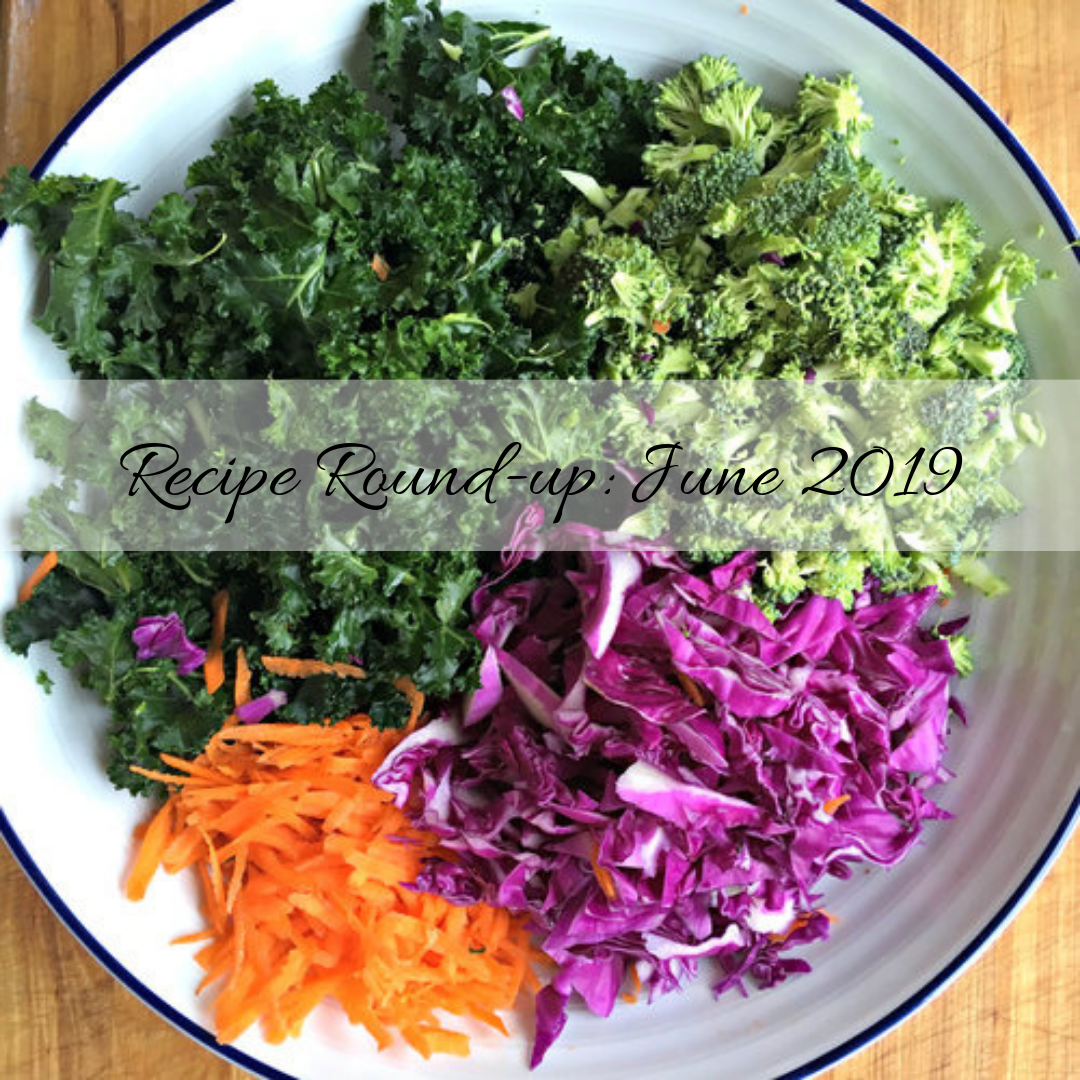Children and fairy tales
Kiera Knightly was in the news recently over her comments about Disney princesses. Basically, there are some stories she’ll allow in the house, and some that she won’t. Some send a message she wants her daughter to hear, and others don’t.
I’m not going to comment on Kiera Knightly’s remarks right now. They are obviously controversial, otherwise they wouldn’t be making headlines. But the topic brought together some thoughts I’ve had over the past few weeks, and I’m wondering if I can tease out some sort of theme.
Here’s one: for a while, my 2yo’s favorite song was “Scotland’s Burning.” We love to sing it together, energetically, happily, with hand motions too. We were singing it on a hike over the summer, and my sister-in-law commented, “that’s kind of dark.”
Dark?
I've been singing this song my whole life, and not once have I thought of it as dark!
But she has a point... “Scotland’s burning, Scotland’s burning, Look out! Look out! Fire! Fire! Fire! Fire! Pour on water, pour on water.”
Where did this song come from? Was Scotland invaded and the countryside set aflame? Yes.
Were homes lost? lives lost? Yes.
Does this new knowledge mean I’ll stop singing the song with my 2yo?
Well, no.
I have this sense that the song’s origins are one thing; its meaning another. Its historical origin doesn’t mean the song is necessarily about that thing. And knowing the historical origin doesn’t necessarily mean I undersand it any better.
Take, for example, a person who writes a love song for someone. When first written, or first sung, sure, that song is about the specific singer’s feelings. But as it becomes known and sung more widely, the song ceases to be specifically directed at one person, from one person. It now means something else; something more.
Maybe something similar is going on here. The song “Scotland’s Burning” is clear about what it’s about in one way quite literally...it’s about Scotland, and it’s burning.
But there’s another way in which what it’s about is perhaps more subtle, although maybe more true. The way the melody moves up, reaching an urgent climax with “Fire! Fire!,” and then comes down to a resolution through water might be what it’s really all about.*
And I think my 2yo, who knows little of the world, immediately grasps that.
(*I’m not a music expert or anything, so my analysis is kind of primitive here!)
It’s not that the darker element doesn’t exist, it’s just that’s not what my daughter sees, or registers.
It reminds me of how so many things go over children’s heads, which brings me to a second thought. I’ve been rewatching some of the classic broadway musicals recently. We grew up watching these movies, and listening to the soundtracks. And whenever I rewatch them as an adult, I’m amazed how basically all of the innuendo went completely over my head when I was little.
It’s not that I didn’t hear it. I knew all the lyrics to “Take back your mink,” “There is nothing like a dame,” “Look at me I’m Sandradee,” etc. I just didn’t see it. I didn’t see, or get, what was inappropriate there.
Don’t get me wrong...I wasn’t stupid. As a 6yo listening to Grease I’m sure I had some idea about what it was about...and yet at the same time the scandal wasn’t there in the same way.
What I’m trying to get at is eluding me right now. But perhaps bringing in a third thought will help. After reading about Kiera Knightly’s and Kristen Bell’s thoughts on princess tales, I started going over some of the plot lines of classic fairy tales. You know how many many fairy tales are so terribly tragic, so weird, slightly disturbing, and dark? They deal with fairly mature themes. I’m thinking here most obviously of the Grimm’s tales. (Sophie and I spent a good part of our youth fighting over a copy of the collected tales. Literally, when one of us got up to go to the bathroom the other would sit down and steal the book!)
There seems to be a consensus that the first German edition was not intended for children. But the stories were subsequently edited (some of the darker ones simply dropped) to reflect a more child-friendly and humane universe. Even still, the highly censored version many of us are familiar with is still filled with violence and truly awful things. (Think back on The Juniper Tree and The Robber Bridegroom.)
Reading these things as a child did not inspire the same horror, the same sick-to-my-stomach that they do today.
Why is that?
Sophie and I were talking it over this morning, and her idea is that children see the world as more black and white. The villains often get punished, and children grasp that, however heinous the crimes, however terrible the punishment, Justice has been served.
These are difficult things to work through, because fairy tales vary widely, and children’s dispositions do too. But I think the beauty of the child’s world is innocence. They don’t see the complications and nuances of the adult world. That’s part of the value of seeing the world through a child’s eye, because you see so much more of what’s good and so much less of what’s not.
That’s not to say I’m not going to be careful about what my children are exposed to. But it’s easy to forget their innocence. They can handle stories that are far more meaningful, far more real, than many of us allow, because, literally, they just don’t get certain things.
And maybe they shouldn’t.































